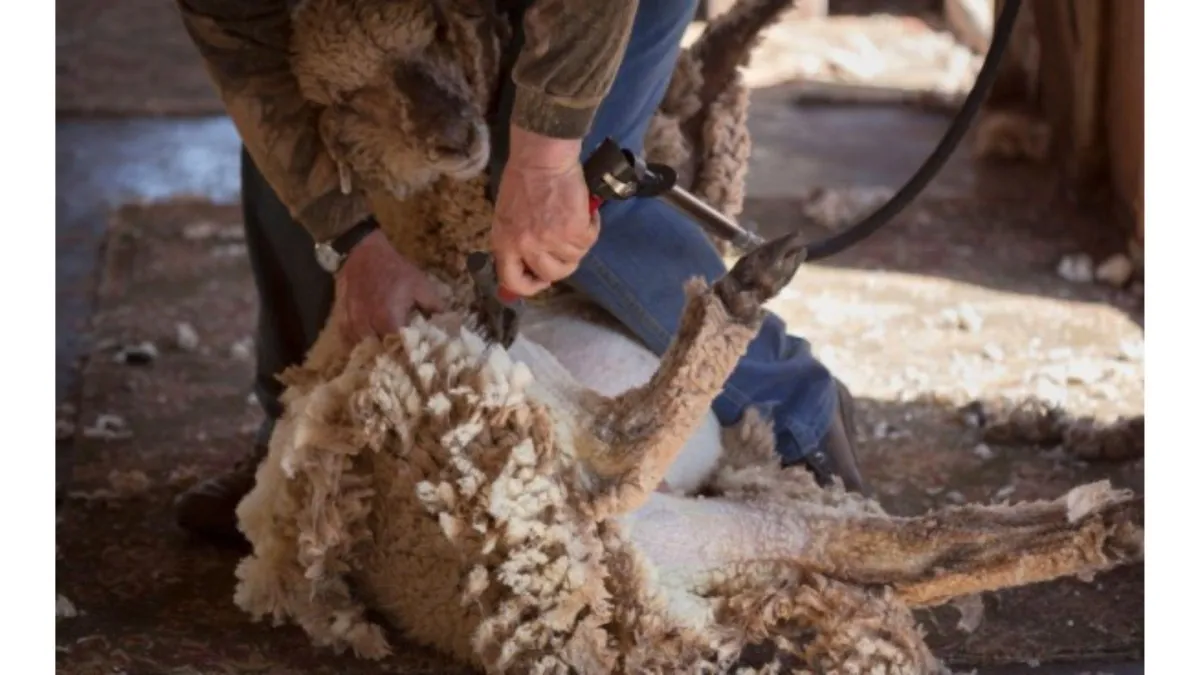
Caring for Sheep and Goats After Shearing: Feed, Shelter, and Cold Stress
Caring for sheep and goats after shearing
When you shear a sheep or a goat, you remove their natural weather protection. Fleece helps regulate body temperature, protects from sunburn, and shields against wind and rain. After shearing, animals are much more vulnerable to the elements.
Here’s how to help them recover comfortably.
Sheep: extra feed and shelter are essential
After shearing, sheep need up to 50% more feed to help generate body heat through digestion. A full belly is the best internal heater a sheep has.
Make sure they have access to effective low shelter. Ideal options include thick hedges or scrub at their level, such as flax or other dense native plantings. This reduces wind chill significantly.
If you're shearing in winter or early spring, consider using cover combs or winter combs. These lift the blades slightly, leaving a short layer of wool to provide some insulation.
It takes sheep up to six weeks to regrow enough wool to offer proper weather protection. During that time, food and shelter are their only defences.
If you’d like to build confidence around sheep care, including seasonal challenges, our Keeping Sheep course covers essential health, handling, and management.
Goats: higher risk of cold stress
Goats do not have the same oily, waterproof fleece as sheep, and they carry very little fat under the skin. This makes them highly susceptible to cold stress, especially when it's wet or windy.
Deaths after shearing are not uncommon. And even when losses aren’t obvious, cold stress can affect the entire mob.
Understanding goat fibre types
Angora goats grow fibre continuously and are typically shorn twice a year. Timing varies depending on the farm, but it’s often done in summer and again in winter. Care should be taken to avoid shearing does in late pregnancy, as the stress and exposure can pose risks to both the doe and the unborn kids.
However, not shearing can create its own issues. Newborn kids may struggle to locate the teats through a long, matted fleece. Well-timed shearing ensures the doe is comfortable and allows kids to feed easily.
These goats grow their insulating undercoat seasonally, beginning in late summer and shedding in spring. They do not regrow fibre until after the longest day in December.
Shearing these types in July or August, just when they need insulation most, leaves them highly vulnerable for months. In many cases, it may not be worth the return. If you do shear:
Delay shearing for as long as possible
Provide high-quality shelter and extra feed
Maintain protection and nutrition until fibre regrowth begins in summer
Our Keeping Goats course covers fibre types, housing, feeding, and seasonal risks in more detail.
Sheds and huts: shelter is a legal requirement
There is both a moral and legal obligation to provide effective shelter for domestic animals, including goats.
Goats benefit most from sheds or weatherproof huts they can access at any time. This is particularly important after shearing. Hedges and scrub may help reduce wind chill, but they don’t offer reliable protection from cold rain or prolonged exposure.
Investing in shelter not only protects your animals. It also improves condition, productivity, and peace of mind.

